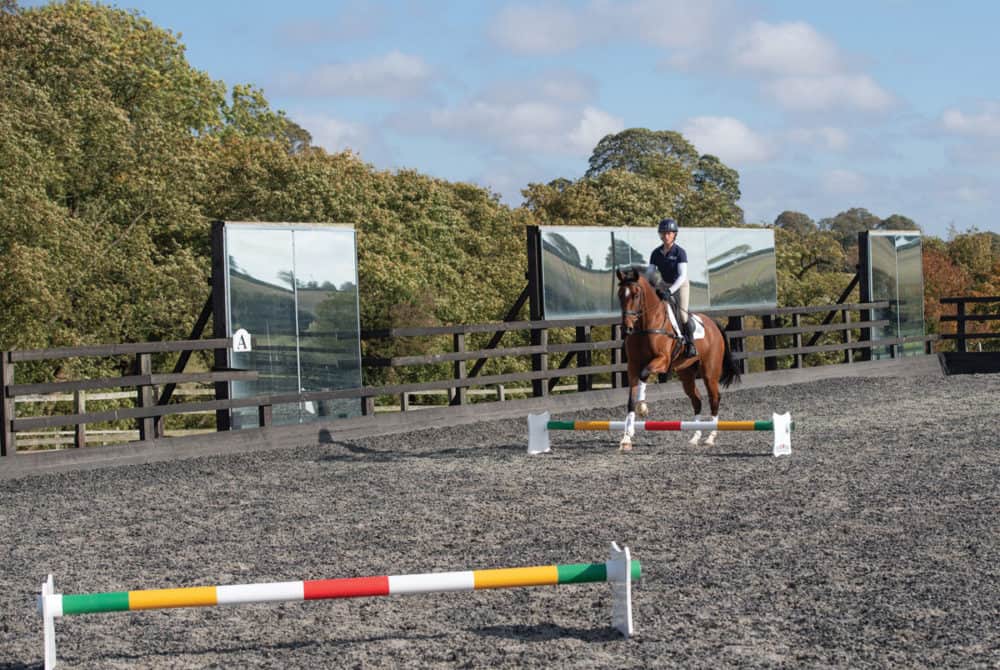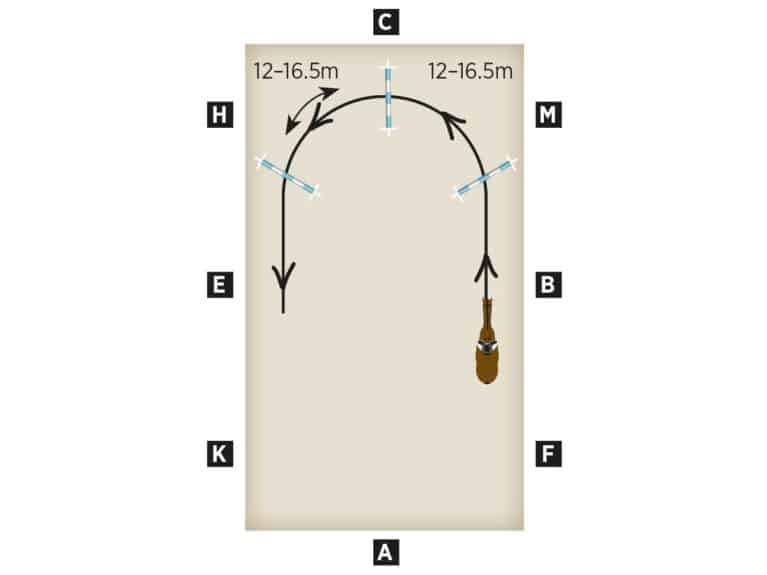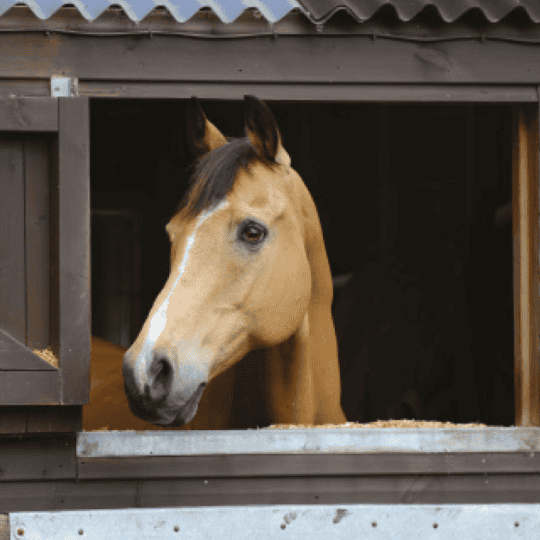Cavaletti for course riding with Ros Canter
Posted 1st March 2019
Successful course riding requires a horse and rider combination that’s forward-thinking, adjustable and quick to react. Eventing World Champion Ros Canter shows you the key with cavaletti

If you’re watching high-level jumping, the rounds that really stand out are the ones that look smooth and effortless, as if the rider’s simply sitting back and enjoying the show. However, looks can be deceiving. What appears to be breezing around on auto-pilot is more than likely the end result of a meticulous training process that covers all the skills needed to succeed. This helps horse and rider work together as a partnership to perfect the adaptability, precision and planning skills required to tackle a course.
Cavaletti are a hugely beneficial part of my schooling. Using small, inviting obstacles to simulate the constituent parts of a course prepares me and my horses for the real thing – without the pressure of the competition ring. Incorporating these exercises into your own training will help you achieve an adjustable, quick-thinking horse who’s on your aids, and will teach you to use your position effectively and plan ahead to get the results you want.
Exercise for stride adjustability
Ideally, you’d ride a course in a completely even rhythm and stride length, but you’ll often need to collect your horse’s gait or lengthen it. Whether he’s beginning to rush, or you’re aware you need to push him down a combination, knowing that your horse can adjust – and how to achieve it – will pay dividends.
This exercise first establishes an even rhythm, then asks your horse to adjust his canter quickly and precisely.
Set it up Using the short side of your arena, place three cavaletti in a semi-circle, with the middle pole just inside the track on the centre line. Depending on how long or short-striding your horse is, and the dimensions of the school, look for about 13–18 paces (12–16.5m) following the curve from the middle of one pole to the next. You’re aiming to get three to four strides between each cavaletti.

How to ride it Establish an even, rhythmical canter and ride your poles as one half of a 20m circle. Once you can comfortably get four even canter strides between both sets of cavaletti, try for three, using the pole-less half of your circle to push the canter on with your leg aids without compromising the contact, so your horse doesn’t just run on.
How it helps
You might not get it right the first time – or even the second – but that doesn’t matter. The purpose of adjusting your horse’s canter in the controlled environment of an exercise is to help you both work out exactly what you need to do to achieve that adjustment and take those skills to a course.
For more advice and great exercises from Eventing World Champion Ros Canter, pick up a copy of April Horse&Rider, on sale 7 March.










